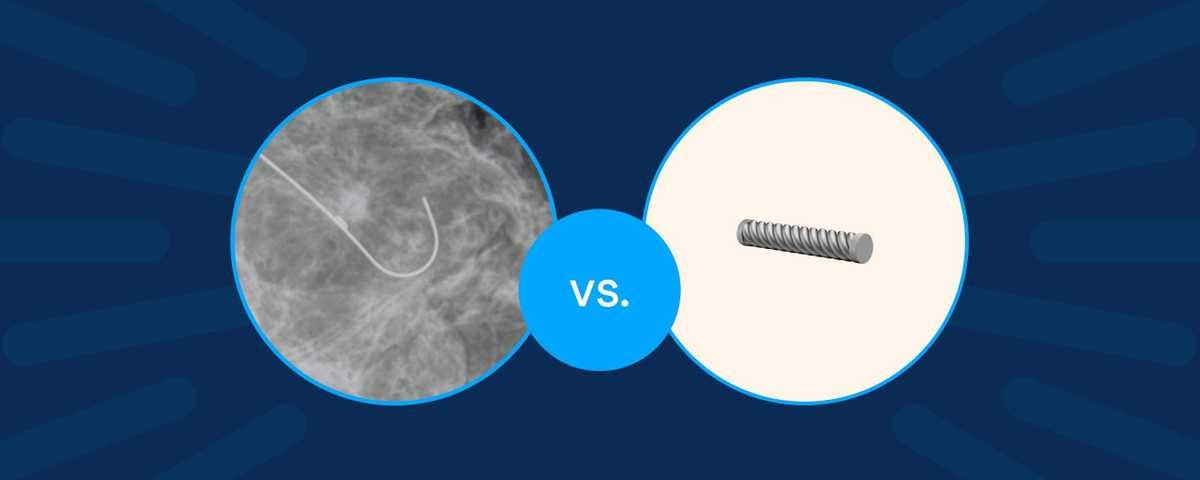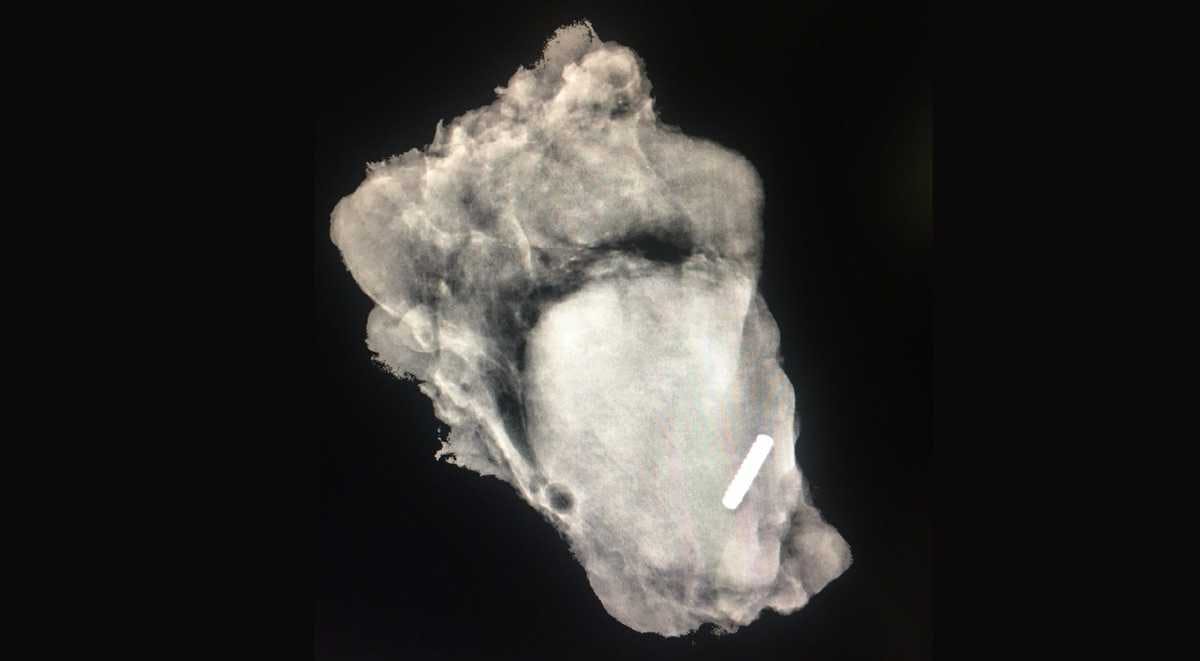Four reasons to upgrade from wire localization to Magseed®

Recent technological developments have showcased many significant drawbacks with wire-guided localization, making the case for switching to seed localization clearer than ever.
Wire localization has long been seen as the gold standard in tumor and node localization for breast cancer patients but there are now many alternative options available, with radioactive seed localization (RSL) the longest established alternative.
However nuclear medicine can bring its own regulatory and cost challenges to your practice. Fortunately, Magseed® technology offers all of the same benefits of RSL, without the radioactive restrictions.
While there are plenty of reasons to make the switch to Magseed, here are four that will help improve your patient’s experience, deliver better outcomes and make you wish you’d switched sooner.
1) Placement separated from the day of surgery
Whether you’re a newly trained physician or highly experienced, you’ll be all too aware of the daily headaches of cross-department coordination between radiology and surgery when placing a wire, which can create workflow challenges for your hospital.
In contrast, the tiny Magseed® can be implanted any time before surgery – allowing you to separate schedules and eliminate delays to your operating list. You’ll be able to start your first cases at the start of the day, not potentially hours later.
2) Reduced patient pain and discomfort
Wires have long been reported to cause high levels of pain and anxiety for patients (Kuhn, 2020) and can be easy to dislodge.
Magseed® is a less intrusive alternative, that once placed cannot be felt by the patient. It is injected with a thin 18-gauge needle, smaller than other localization marker needles, resulting in a better patient experience.
3) Know the marker is in the right place

The Magseed® marker’s tiny size makes it ideal for not only marking lesions, but also marking smaller lymph nodes in the axilla.
It can be inserted into the center of nodes without protruding out and its unique ridged shape ensures it stays firmly implanted within any cancerous tissue. Once it’s placed you can be confident it will stay there until it’s time to remove.
4) Only remove the tissue you need to
Studies have shown that wires often produce larger specimens (Micha, 2020), compromise oncoplastic techniques and result in more re-excisions (Gera, 2020).
With Magseed®, patients can benefit from more accurate removal and better cosmetic outcomes. A recent multi-center study of 1,000+ patients showed a Magseed® retrieval rate of 99.7%, with almost 9 in 10 patients cancers removed in just one operation.
Make a win-win decision
If you’re treating patients with wires but are interested in moving to seed localization, evaluating Magseed® can help you find a win-win solution for both your hospital and your patients.
It may feel like a big leap to change how you treat your patients, but you’re not making this step alone. Magseed® is part of the Sentimag® localization platform (along with the Magtrace® lymphatic tracer) which is now in routine use in over 600 hospitals in over 40 countries.
→ Set up an evaluation today
→ Hear from more experts who love using Magseed